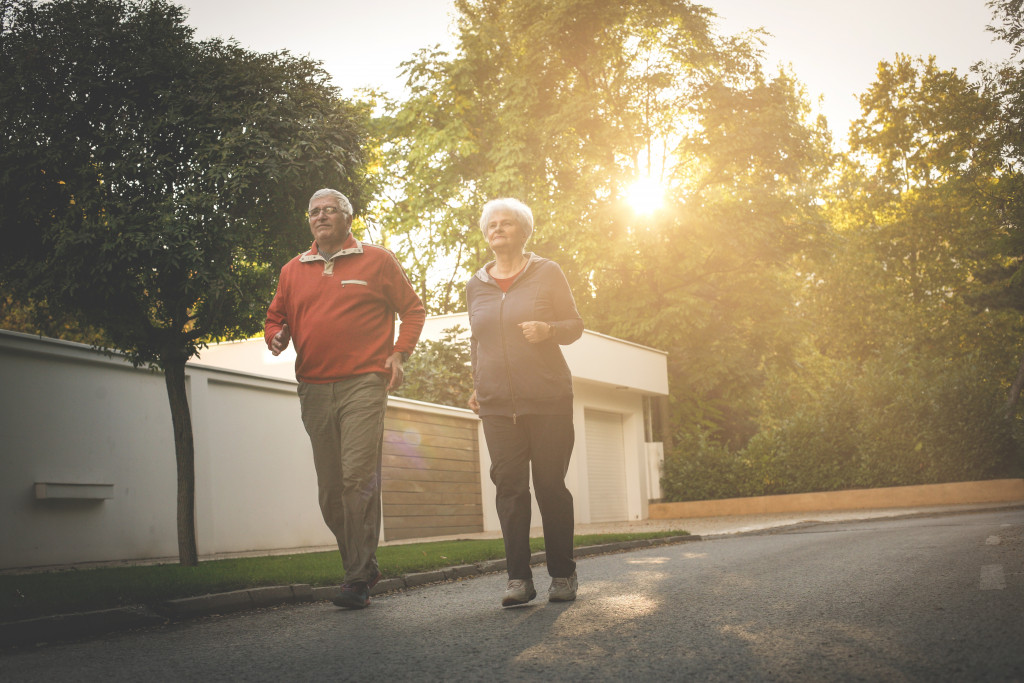- Moving as a senior can be emotionally and logistically challenging.
- Plan and organize early to make the transition manageable.
- Ensure that safety and accessibility are given top priority when selecting your new home.
- Seek emotional support and stay connected with loved ones.
- Establish a comfortable routine and add personal touches to your new space.
Transitioning to a new home as a senior can be a significant change, often accompanied by emotions and logistical challenges. However, this new chapter in your life also opens the doors to fresh experiences and a comfortable, secure living environment tailored to your lifestyle needs. Here are five insightful tips to help you navigate this change smoothly, ensuring comfort and peace of mind during this significant transition.
1. Plan and Organize Early
Start by acknowledging your feelings about this move. It’s a big step, and it’s natural to have reservations. Once you embrace this change, initiate the process by planning. Create a timeline for your move, considering all the tasks you need to undertake. This approach transforms an overwhelming change into manageable steps, providing clear milestones and deadlines.
Next, organize your belongings. Sort through decades of memories, deciding what to keep, gift, sell, or donate. This process can be emotional as you’re not just dealing with objects but memories. Take your time with this step, reminiscing as you go. This method isn’t about discarding the past but making room for the new while respecting your cherished memories.
2. Prioritize Safety and Accessibility in Your New Home

Your new residence should feel like home and function like one, tailored to your comfort and safety. Assess the new space with accessibility in mind. Are there any stairs you will have to navigate regularly? Are the bathroom fixtures senior-friendly? Identifying potential hazards and making necessary modifications to prevent accidents is crucial.
Moreover, consider the design aspects of your living space. The furniture should be stylish and ergonomic, supporting your posture and comfort. Ensure the pathways are clear for smooth mobility, reducing the risks of trips and falls. By prioritizing these factors, you make your new environment not just a house but a safe, loving home.
3. Seek Emotional Support and Stay Connected
Relocating can take an emotional toll. It signifies a monumental shift from familiar and comfortable to new beginnings. During this time, it’s vital to lean on your support system. Remember, it’s not just about moving homes; it’s about maintaining and nurturing connections that contribute to your happiness.
Here are tips for seeking emotional support and staying connected:
Seek Professional Counseling
If you find it challenging to cope with the emotional aspects of moving, consider seeking professional help. Therapists or counselors are qualified to help you navigate your emotional landscape. They can provide you with strategies to manage stress or anxiety that might surface during this transition. Counseling can be a safe space where you express your feelings freely and gain insights into your emotional responses.
Stay Active in Community Activities
Staying active in your community can help ease the transition. Whether moving to a retirement community, assisted living, or a new neighborhood, participate in local events and activities. This involvement helps you meet new people and fosters a sense of belonging. It’s an excellent way to stay engaged and connected in your new community.
Learn New Technologies
If you aren’t already familiar with them, take the time to learn technologies like smartphones, social media, or video calling platforms. These tools can help you stay connected with your loved ones, no matter the distance. Many community centers and libraries offer free classes for seniors to learn these skills. Embracing technology can open up new avenues for connection and communication.
Maintain Regular Communication
Regular communication is essential to maintain connections. Schedule phone or video calls with your loved ones. Write letters or send emails if you prefer the classic approach. Similarly, encourage your family and friends to reach out to you. Regular communication ensures you stay connected and informed about each other’s lives.
4. Establish a Comfortable Routine in Your New Environment

Once you’ve moved, give yourself time to adjust. Start by establishing a daily routine to adapt to the new environment quickly. These familiar patterns can instill a sense of normalcy amidst the change from morning coffee to evening walks.
Explore your new community. Find the nearest shopping center, park, library, or community center. Maybe join local clubs or groups that pique your interest. Engaging with your new surroundings will help you adjust better and provide opportunities to meet new friends and stay active, making your new place feel like home.
5. Add a Personal Touch to Your New Space
Personalizing your new space can make it feel warm and welcoming. Hang family photos, set out cherished mementos, and arrange your furniture in a way that’s reminiscent of your previous home to maintain a sense of continuity. However, a fresh start also allows you to reinvent your living space aesthetically.
One effective way to breathe life into your new residence is by opting for a professional exterior home painting service. A fresh coat of paint is more than a color change; it’s a mood enhancer and a personal statement. Professionals can provide high-quality work, revitalizing the look of your home and even increasing its protection from weather elements. This minor change can make a significant impact, making your new house feel like a true home, resonating with warmth and familiarity.
In Closing
Transitioning to a new home in your senior years is a profound change that encompasses logistical planning and emotional preparation. By organizing early, modifying your space for safety and comfort, seeking emotional support, establishing routines, and personalizing your new residence with touches like professional painting services. Remember, this move is more than a change of scenery; it’s about creating a safe, comfortable environment that meets your needs, ensuring your golden years are filled with joy, comfort, and peace of mind.
